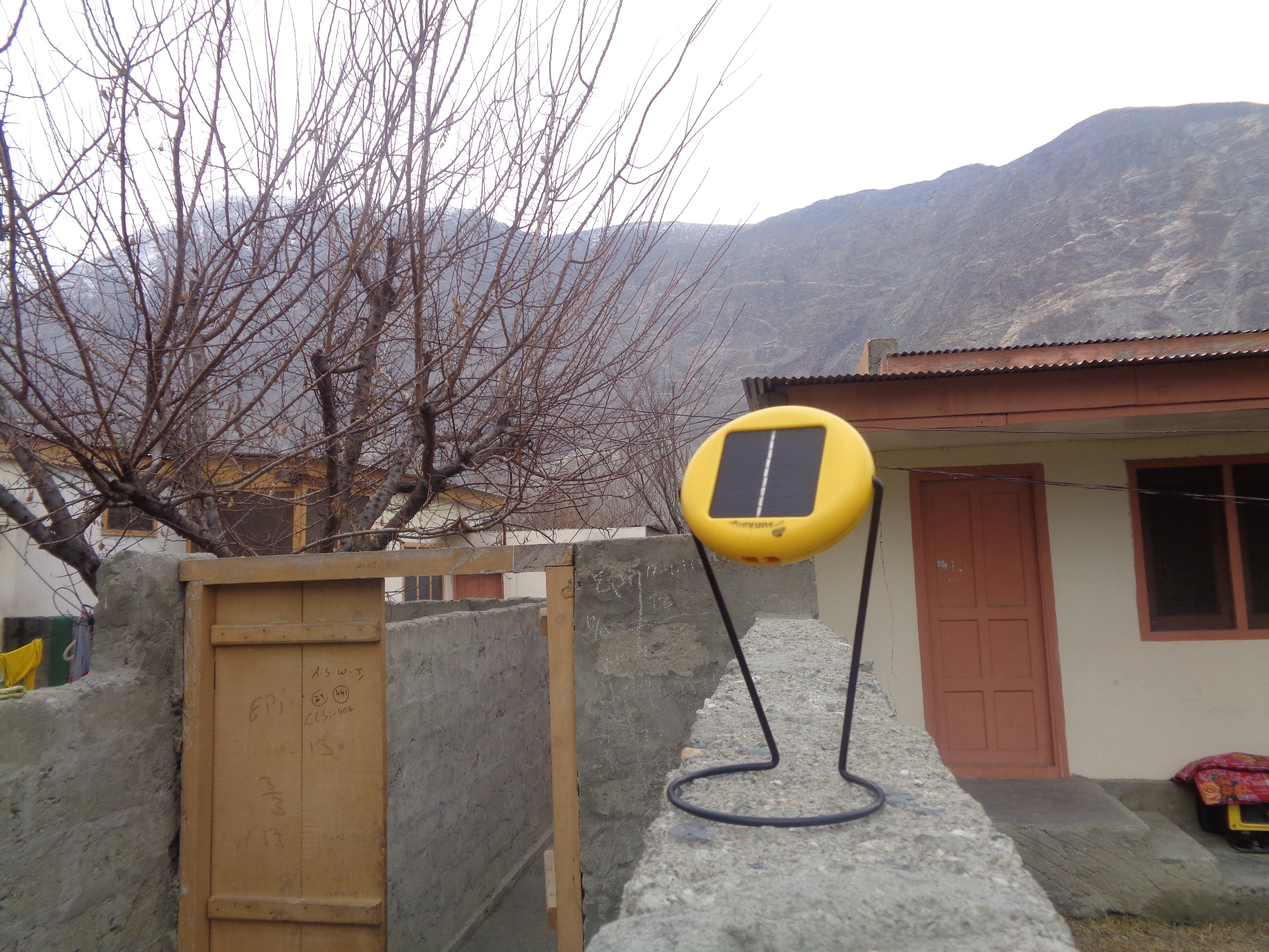In the millions of years of humankind’s history on planet Earth, the human habitat has never been as vulnerable as it is today. With the changing climatic conditions, the natural disasters continue to worsen the quality of life of millions of people globally. The model of growth chosen after World War II has led to global warming and, as a result, the globe is a more unsafe place -- not only for human beings but all kinds of living species and their habitats.
This is especially true in the underdeveloped and developing countries, which in many cases have the least to do with the causes of climate change. Pakistan, for example, is amongst the top 10 countries when it comes to suffering the worst impacts of climate change whereas its contribution to greenhouse gas emissions is less than one percent of the total global emissions. Heavy rain, increasing glacial melt, glacial lake outburst floods and avalanches are becoming a permanent phenomenon. Over the last decade, Pakistan has faced medium- to large-scale flood situations almost every year; 2010 and 2015 were the worst years, when millions of people became homeless. Billions worth of property were lost, worsening the already fragile economy and increasing poverty.
This situation is forcing people to migrate from areas where they have lived for generations. Climate refugees are increasing. People are moving from rural areas to urban centres and ending up living in slums -- escaping one hazard and entering another.
akah-pakistan-p01-crc_iskarwaz_broghil_r.jpg

Through its community-based disaster management programmes and maps of seismic risk, AKAH educates communities to build in safer areas and use at-risk areas for community forestry or agriculture. In some cases, the repurposed land works to mitigate risk areas.
AKAH has also identified several settlements where major parts of the settlement and population are exposed to high risk but where very little safe space remains. AKAH is working with the communities on options for relocation to safer areas that also show future growth opportunities. Fifty such communities have been identified from the mountain communities of northern Pakistan. AKAH intends to work with the local governments, civil society and communities to invest in service infrastructure in the safer zones, thereby creating areas of opportunities for the at-risk population. In areas that are exposed to low and medium risk, AKAH builds mitigation infrastructure against floods, debris flow and river erosion. AKAH is working currently on a test project to reduce the risk of snow avalanches. Over the past three years it worked with about 100 communities to build mitigation infrastructure that make settlements safer.
AKAH also works with hundreds of communities throughout Pakistan to build their coping capacities in disaster situations by awareness raising, development of community emergency response teams (CERT), establishment of stockpiles, training of search and rescue teams (SART), community-based and mechanised early warning systems and establishing fail safe communications with isolated communities. The CERTs, who are the first responders in any disaster situations, have responded to hundreds of emergency situations and saved thousands of lives. In 2017, when flooding in Ishkoman valley triggered by a glacial lake outburst flood from Badswat glacier inundated the valley, CERTS evacuated 200 houses. Within 12 hours, the flood hit over 40 houses, but thanks to CERTs, no life was lost. There are dozens of such stories.
Under its school safety programme, AKAH has worked with over 1000 schools throughout the country, educating hundreds of teachers and thousands of students on approaches to disaster risk reduction.
The mountain communities of northern Pakistan are highly dependent on the natural forest, which is only 9% of the total land area. Studies show that 95% households in Gilgit Baltistan use timber as main material for housing construction. On average, six to eight matured trees are used for each new house and approximately 3,000 new housing units are built each year. Similarly, 86% of the households use biomass as fuel for heating and cooking. This situation is causing great pressure on the already scarce forest resources.
akah-pakistan-p03_-a_portable_solar_pannel_.jpg

In addition, because efficient management of water resources is a key international issue of climate change, AKAH (through its Water and Sanitation Extension Programme (WASEP)) has successfully demonstrated a community-based water management system for mountain communities. Through its six components programme (infrastructure, operation and maintenance, community endowment, health and hygiene and water quality system), it provides a package solution to the community for the provision of clean drinking water round the year. So far, WASEP has reached 600 communities, benefiting over half a million people, by providing WHO-standard clean drinking water. The schemes are owned, operated and maintained by the communities themselves.
Climate-resilient construction is a key consideration under AKAH is building construction programme. AKAH adopts climate friendly designs for the development of AKDN’s construction projects. For example, the recently completed Bamyan Hospital in Afghanistan covers 60% of its total energy requirement from solar power. AKAH has so far constructed over 1.3M square feet of buildings where climate friendly and seismic resistant design principles have been adopted.
Over the years, AKAH has won several international awards, including the Ashden Award, UN Habitat Award, the Alcan award and the British Social Housing Foundation Award. AKAH has directly or indirectly benefitted millions of people through its programmes and approaches, which are being replicated at the regional level in similar geographies.
Commenting on the success of AKAH the Chief Executive Officer, Mr. Nawab Ali Khan said, “The successes of AKAH are a result of its community-centric approach and the strong partnerships with the government, donors and other national and international partners. AKAH believes that through partnerships and synergies with government and other partners, community being at the centre, a better habitat can be created where life is safe, and communities see a future for themselves. Our partnerships bring hope and we see spark in the eyes of people.”
Latest On AKDN




